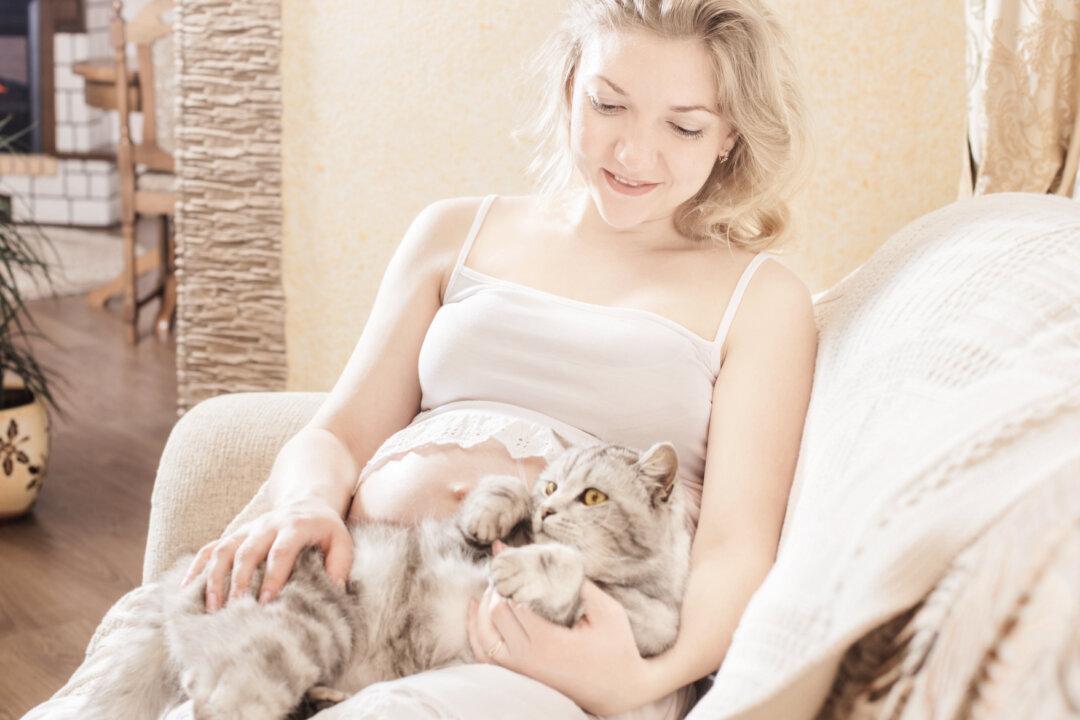In dogs with pancreatitis, the digestive enzymes don’t flow to the intestines to digest food as they should but instead start digesting the pancreas and other organs in the abdomen.
This causes severe abdominal pain, loss of appetite and energy, vomiting, and diarrhea. But it can be much worse: Some dogs lose pancreatic function permanently and need insulin injections and digestive enzymes, while others die.
Most of the time, the cause cannot be determined. However, many cases of pancreatitis develop after ingestion of high-fat human food. Overweight and middle-aged dogs are at increased risk, as are certain breeds, including miniature schnauzers and terriers. Other risk factors are abdominal trauma, Cushing’s disease, pancreatic tumors, and exposure to certain drugs and toxins.
To prevent a recurrence of pancreatitis, reduce Max’s weight if he is overweight. Feed him only the food your veterinarian recommends, and never give him table scraps or high-fat snacks.
Cuterebra (cute-ah-REE'-brah) is a botfly that resembles a bumblebee but doesn’t sting. This fly parasitizes rodents and rabbits by laying eggs near their nests, usually during the summer and fall.
When cats and other animals nose around the nest, an egg hatches into a tiny Cuterebra larva that clings to the cat’s fur and then enters the body through the nose, mouth, or other opening. The larva migrates around the cat’s body and usually settles in the skin, where it pokes open a hole to breathe.
Without intervention, the larva will grow to an inch or more, break out of the cat’s body, and drop to the ground. There it will construct a protective cocoon around itself and mature into an adult botfly that continues the life cycle.
Less often, Cuterebra larvae migrate to the eye, respiratory tract, or central nervous system, where they cause much more serious damage.
Your veterinarian will remove the Cuterebra larva and treat the wound. It’s important that the larva is removed intact to prevent other problems, so don’t try to pull it out yourself.
You can prevent a recurrence by keeping Gertie indoors. If that’s not possible, treat her with a broad-spectrum parasite preventive such as Revolution Plus or Bravecto Plus.





